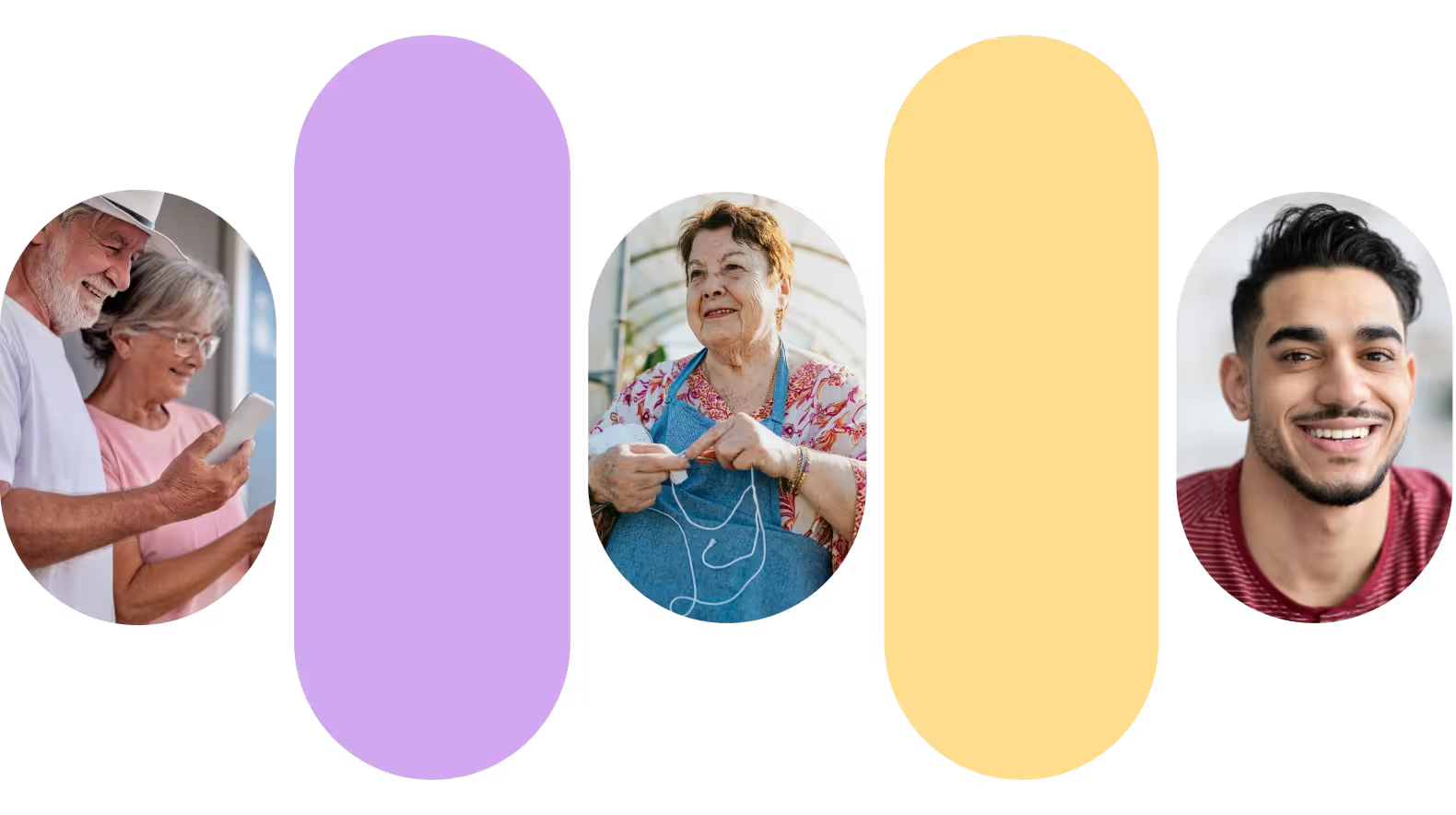Accessible Music Tips and Technology with Hearing Loss
Explore accessible music tips and the latest technology for individuals with hearing loss. Enjoy your favorite tunes with our guidance and recommendations!

Being deaf and hard of hearing can make it more difficult to enjoy music, but there are still ways to enjoy this pastime! Read on to learn more about making music more accessible for you.
Tips for Enjoying Music
Begin with Familiar Songs
Most forms of deafness have some residual hearing to work with. Whether you use hearing aids or cochlear implants, start with music you’re familiar with. This will help you pick up sounds and lyrics in newer music.
Utilize Official Music Videos with Lyrics
Many artists create music videos for songs that are released on YouTube. Look for the official “lyric” releases. These videos will have subtitles or lyrics embedded in time with the song. This can help with your listening comprehension and enhance your experience.
Google Lyrics to Follow Along
If official music videos with lyrics or captions are unavailable, another option is to Google the lyrics for the song. While you must figure out the pacing and speed, this will help you understand where you’re at as you listen.
Play with Different Settings
Test adjusting volume settings on your music device, such as a TV, smartphone, or radio. Clarity may improve, however, if you lower the volume from the source and increase the volume control on your hearing aid and CI. Increasing the volume of the music itself may cause the sound to be distorted.
Attend Inclusive Concerts
Many concerts provide sign language interpreters if requested in advance. Seeing an interpreted performance can also improve the experience. Some concerts also have lyrics in their programs to help the audience follow along.
Technology to Enhance

Use High-Quality Headphones
Good quality headphones provide clear sound with minimal distortion at different volume levels. In addition, they will be comfortable to wear and will have no feedback when worn with your assistive technology. Test wearing different headphones before purchasing to ensure it’s compatible with your hearing aids or CIs.
Take Advantage of Bluetooth Features
Many hearing aids and cochlear implants have Bluetooth technology that allows music to stream directly to your devices. Synching music via Bluetooth will help significantly minimize background noise.
Have Mapping Adjusted
Regular appointments with your audiologist to map your hearing aid or cochlear implant can help improve your experience listening to music. Sometimes, assistive listening devices (ALD) must adjust the programming to enhance the user experience. It may help to bring examples of music you struggle to understand and explain how it sounds.
Try Out Haptic Clothing
One of the newest technologies being introduced is haptic clothing, such as a T-shirt. The shirt has receptors sewn inside the lining that vibrates in time with the music. It’s a great accessibility tool for many, such as the DeafBlind.
Use a Music Visualizer
There are apps and programs, both paid and free, that can create visual effects for audio. You can upload the audio file, select your preferred images, and download the render. Seeing visual effects helps you better comprehend the flow and pacing of the music. Tuneform and Renderforest are a couple of such programs.
Conclusion
Enjoying music as a deaf and hard of hearing person is possible with some tips and tricks. From adjusting settings to inclusive concerts to embracing modern technology, you can still enjoy music as a pastime regardless of your hearing loss. We hope the above tips will help music become more accessible for you!














